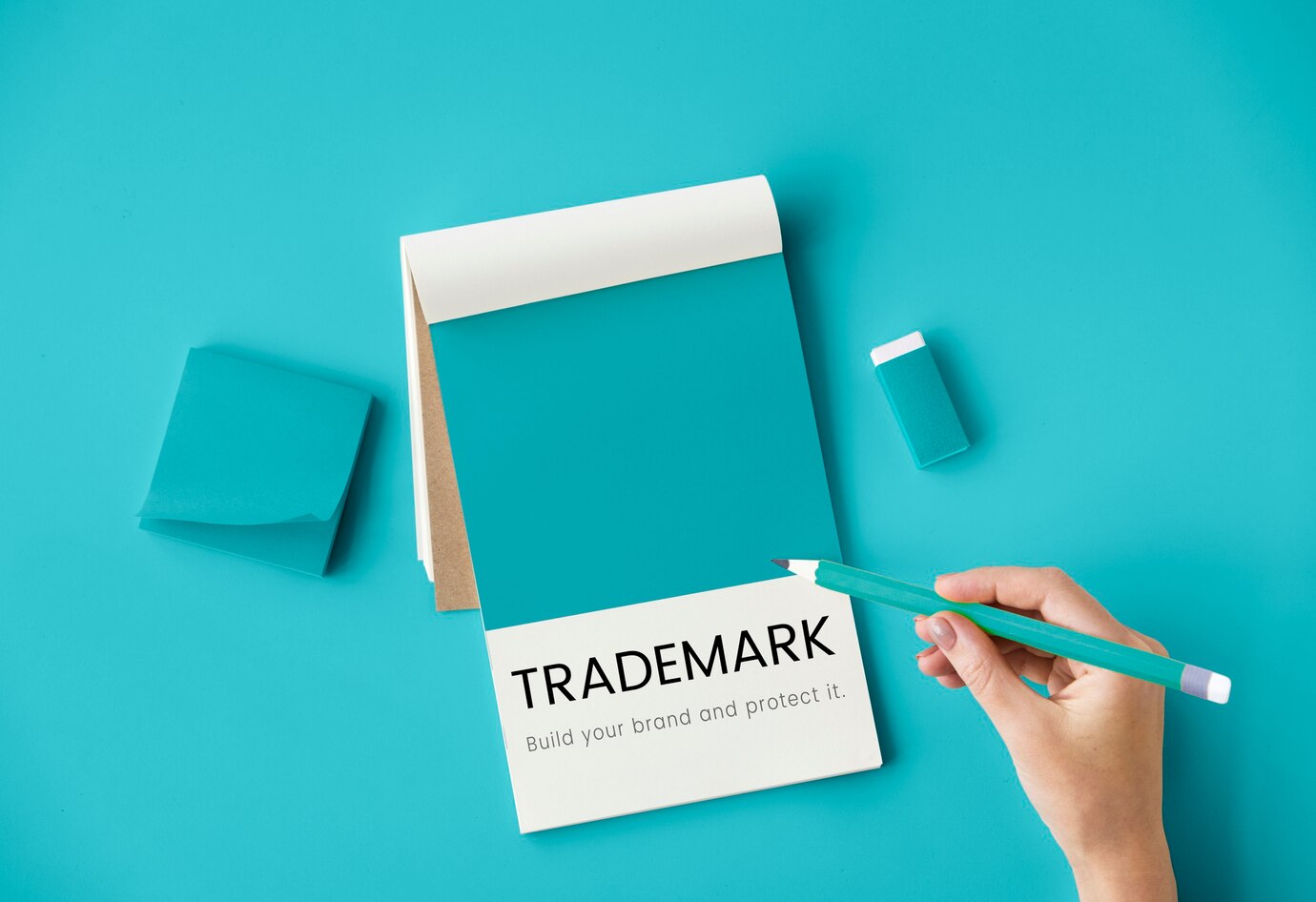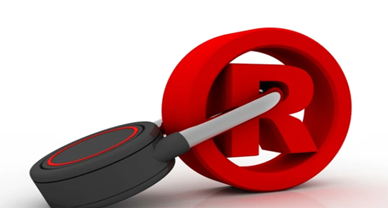What Makes a Trademark Well-Known — Has BOROLINE Set the Bar?
“BOROLINE”, a trade mark owned by G. D. Pharmaceuticals Private Limited, was recently recognised as a ‘well-known trade mark’ under Section 2 (1) (zg) and Section 11 (2) of the Trade Marks Act, 1999 (the Act) by the Delhi HC in the case of G. D. Pharmaceuticals Private Limited v. M/s Cento Products. The case addressed the infringement of trade mark and copyright and passing off against BOROLINE by a deceptively similar trade mark of the name “BOROBEAUTY”, which sold products similar to those associated with BOROLINE. The suit sought a permanent injunction restraining such infringement, passing off, along with rendition of accounts or profits, damages, delivery up, acts of unfair competition, and other claims made by G. D. Pharmaceuticals. BOROLINE is a trade mark registered under the Trade Marks Act, 1999, and it has been in use since 1929 in connection with medicinal and cosmetic preparations such as antiseptic medicinal ointments and creams.
The Bench issued a decree of permanent injunction in favour of G. D. Pharmaceuticals, restraining Cento Products from directly or indirectly dealing with products that have or consist of the name/mark “BOROBEAUTY” or anything that would be considered identical or deceptively similar to “BOROLINE” on it. It also asked Cento Products to change the trade dress of BOROBEAUTY, as it resembled the trade dress of BOROLINE, i.e., its distinct dark green tube and the octagonal black cap, and has also directed them to not use a trade mark similar to BOROLINE and with the prefix BORO.
The Bench acknowledged that “BOROLINE” qualifies as a well-known trade mark and remarked that it “has attained the status of a household name, and is one of the oldest trademarks, which has been in continuous use, preceding the independence of India.”1 Taking this judgement into account, it is crucial to understand the criteria used by courts to determine whether a mark is a well-known trade mark and its implications upon recognition of a trade mark as such.

WHAT ARE WELL-KNOWN TRADE MARKS?
Well-known trade marks are distinctive trade marks that have gained widespread recognition and reputation among the public. Notable examples of well-known trade marks include Apple, Nike, Coca-Cola, McDonald’s, etc., which create strong associations in the minds of the public about the products and services they represent. The reputation garnered often extends beyond the specific goods and services they are associated with. One of the earliest well-known trade mark to be recognised in India was “Whirlpool”, which is best known for home, laundry and kitchen appliances.
The Act, under Section 2 (1) (zg), defines a well-known trade mark “in relation to any goods or services, means a mark which has become so to the substantial segment of the public which uses such goods or receives such services that the use of such mark in relation to other goods or services would be likely to be taken as indicating a connection in the course of trade or rendering of services between those goods or services and a person using the mark in relation to the first-mentioned goods or services.” However, the definition is rather ambiguous, as it doesn’t provide for criteria for determining a well-known trade mark, leaving the matter to the discretion of the courts or the registry for interpretation. Post-2017, this process can also be taken up by the Registrar upon an application filed by an interested party, requesting the determination of a trade mark as well-known.
HOW ARE WELL-KNOWN TRADE MARKS ASSESSED AS SUCH?
Section 11(6) of the Act outlines the factors which the Registrar shall take into consideration when assessing whether a trade mark is well-known or not. These include the knowledge or recognition of the mark by a relevant section of the public due to efforts taken to promote it; the duration, extent, and geographical use of the trade mark; along with the duration and geographical reach of its promotions. Other important factors include the duration, extent, and geographical area of the trade mark’s registration, as well as the past records of successful enforcement of the rights that come along with the trade mark. It is essential to note that these factors are not exhaustive.
Moreover, if the trade mark has been recognised as a well-known trade mark in any relevant section of the public in India, the Registrar shall consider it as such for registration under the Act. The Act also states that it is not necessary that the trade mark in question was in use in India or that it has been registered or an application has been filed for such registration.
However, the section clearly specifies the Registrar as the designated authority for the determination of the well-known trade mark. The Act does not mention the factors that are to be considered by the Court for the same cause. But as seen in cases such as Daimler Benz Aktiengesellschaft & Anr v. Hybo Hindustan and Rolex Sa vs Alex Jewellery Pvt Ltd & Ors, courts in India have been involved in the process of deciding if a trade mark falls into the category of a well-known trade mark for a long time.
According to the judgement rendered by the Delhi High Court in Tata Sons Ltd. v. Manoj Dodia & Ors. the Court must consider several factors to determine whether a trade mark is a well-known mark or not, including
- the extent of knowledge of the mark to, and its recognition by the relevant public;
- the duration of the use of the mark;
- the extent of the products and services in relation to which the mark is being used;
- the method, frequency, extent, and duration of advertising and promotion of the mark;
- the geographical extent of the trading area in which the mark is used;
- the state of registration of the mark;
- the volume of business of the goods or services sold under that mark;
- the nature and extent of the use of same or similar mark by other parties;
- the extent to which the rights claimed in the mark have been successfully enforced, particularly before the Courts of law and trade mark registry and
- actual or potential number of persons consuming goods or availing services being sold under that brand.
These factors are strikingly similar to those mentioned in Section 11 of the Act. The Delhi High Court referred to this excerpt of the judgement, along with other factors, to declare BOROLINE as a well-known trade mark under the Act. The Court took cognizance of several factors of Tata Sons judgement to highlight BOROLINE as a well-known trade mark. It acknowledged the duration of the use of the mark, which has been in use for nearly 90 years. The Court took note of the advertisement of a BOROLINE product in a newspaper dated “15th August 1947”, showing the long usage of the trademark.
Moreover, a few factors can also be interpreted from Section 11(2) of the Act as well. The sub-section highlights the importance of both the “repute” as well as the “distinctive character” of the trade mark. The court took notice of the knowledge and recognition of the mark by the relevant public, stating the BOROLINE acquired distinctiveness and popularity due to the continuous, uninterrupted, bona fide, and exclusive use of the mark. It also acknowledged its reputation by noting the various awards and accolades received by the trade mark over the past few years that the plaintiff has submitted during the proceedings, such as the “Master Brand (2014)” and the “Most Desirable 30 Power Brands (2018).” This established the fact that the products sold under the mark BOROLINE were known, well recognised and immensely popular amongst doctors, chemists, patients, and customers.
A similar stance was held in Tata Sons Ltd. v. Manoj Dodia & Ors., which stated that a “mark which is widely known to the relevant general public and enjoys high reputation amongst them”10 is considered a well-known trade mark. It is not necessary for this reputation to exist in the place of origin of the mark or in the place where the products associated with the mark are manufactured. The reputation of a trade mark can also cross international borders. This reputation attaches goodwill to the trade mark.
The trade mark BOROLINE, was shown to have been recognised in regions that transcended the geographical limits of India. The plaintiff submitted several documents that showed the countries, apart from India, where the mark has been registered, which include Oman, Turkey, the United Arab Emirates, and Bangladesh. In India alone, the trade mark was shown to have been registered for the first time in 1949, indicating the duration and geographical extent of the registration of BOROLINE.
Another important factor that the Court considered was the extensive marketing, advertising, and publicity done by the plaintiffs over the years for the products under BOROLINE. The Court considered this to be one of the reasons why the trade mark gained tremendous reputation across India. It also acknowledged the goodwill of BOROLINE by virtue of the growing sales of the products under the trade mark over the years.
The decision of the Delhi High Court regarding the status of BOROLINE as a well-known trade mark has not only solidified the brand’s growing influence in India and abroad but also highlighted the broader criteria considered by courts in recognising a trade mark to be a well-known trade mark. By analysing various criteria such as public recognition, historic and continuous use; the judgement has managed to uphold BOROLINE’s right as well as set a valuable guide for future recognitions of trade marks as “well-known trade marks.”
CONCLUSION
The recognition of a well-known trade mark brings assurance of the quality, reliability, and authenticity of the products under the trade mark to the customers. It provides the trade mark with a level of protection that goes beyond the protections provided to registered trade marks. While a normal registered trade mark enjoys protection against any infringement in relation to the goods or services it is registered for, a well-known trade mark benefits from the fact that it surpasses the international borders and classification of goods and services.
Recognising a trade mark as a well-known trade mark strengthens the trade mark owner’s stance in legal disputes. It brings in the ability to protect itself from dilution and unauthorized usage by preventing the use of deceptively similar marks. In the above case, the Delhi High Court, by reinforcing the status of BOROLINE as a highly reputed mark, was able to prevent any infringement against it by a deceptively similar mark, BOROBEAUTY, hereby safeguarding the goodwill associated with BOROLINE.
While the Court brought out a favourable decision, concerns about the criteria regarding the determination can be raised due to its fluid nature, which may be misused or misapplied. This fluidity may lead to unexpected or contradictory outcomes in different courts, which may defeat the sole purpose of determining a well-known trade mark. For instance, the subjective nature of the criteria, such as recognition of the mark and its reputation among the relevant public may cause inconsistencies in different courts during the process of determining the status of a trade mark as a well-known trade mark. Thus, more defined, rigorous and well-structured criteria and guidelines may help to protect trade marks as envisioned in the Trade Marks Act, 1999.
As more brands aim to secure well-known status, the criteria will become increasingly significant in protecting businesses from brand dilution and unfair competition. How will this evolving legal landscape influence brand protection in emerging markets? Only time will tell, but businesses must stay vigilant.
Author: Nisha Purushan, in case of any queries please contact/write back to us via email to chhavi@khuranaandkhurana.com or at Khurana & Khurana, Advocates and IP Attorney.



